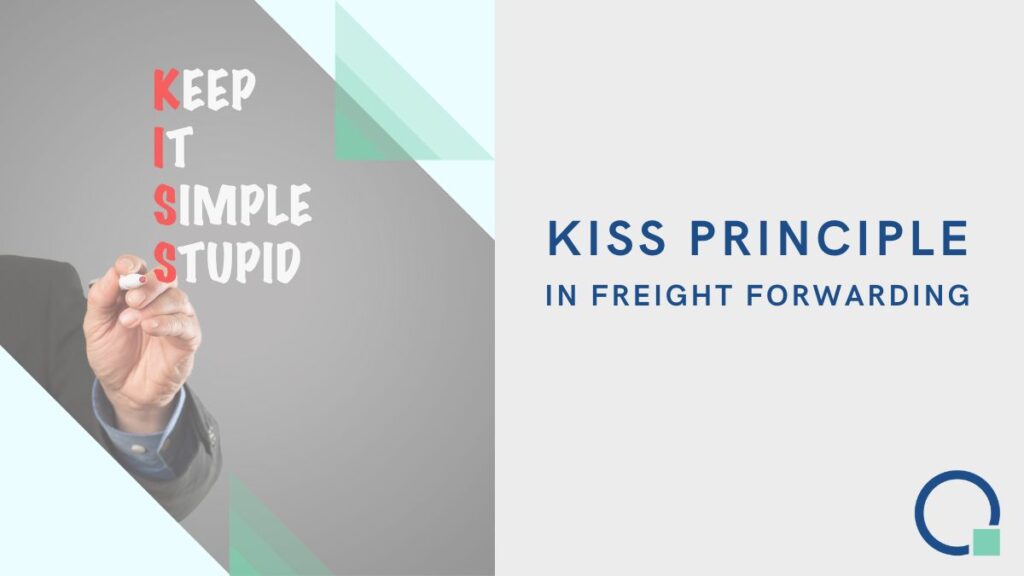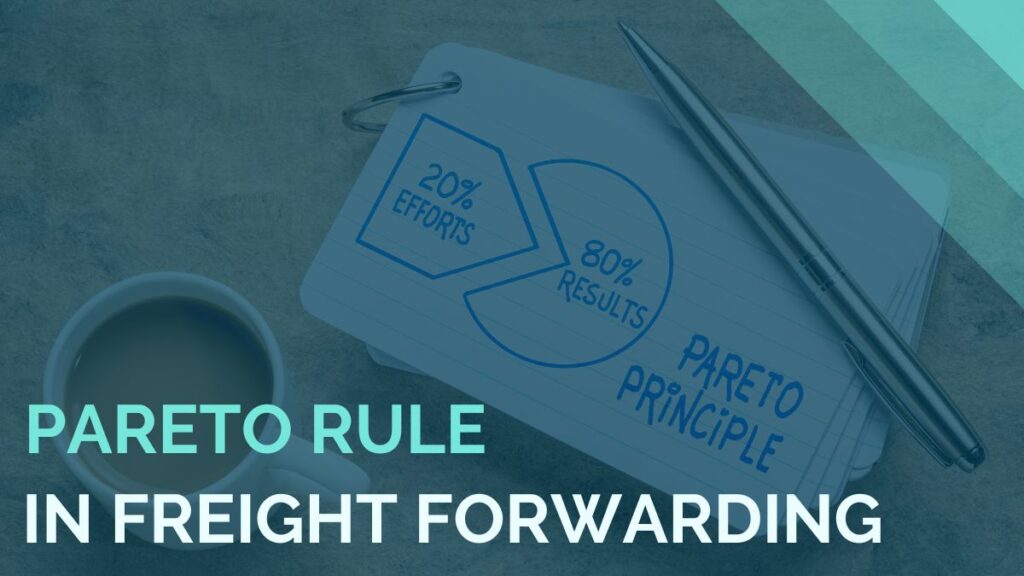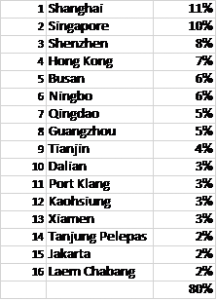KISS Principle in Freight Forwarding
KISS is the acronym that stands for simplicity. There are a couple of interpretations of what KISS acronym really means, for instance:
- “Keep it short and simple”
- “Keep it simple, stupid”
- “Keep it simple and straightforward”
The Principle was formulated by Kelly Johnson in the middle of the 20th century. It is very relevant nowadays, especially in software design and freight forwarding.
As a user experience shows, it is easy to turn a potentially good software product into a “monstrous creature” by over-engineering and over-customizing the standard functionalities, UX, and UI.
KISS Principle in Freight Forwarding
The freight forwarding business is neither straightforward, nor simple. Let’s make a quick calculation for the container shipping:
- there are 500 container ports in the world;
- there are 12 container types.
If major shipping lines and freight forwarders need to provide freight quotes for all possible ocean port-port-container combinations, how many quotes would they have to generate?
499 x 499 x 12 ~ 3.000.000
These 3 million quotes only cover the basic ocean freight. We shouldn’t forget about different commodities, special deals and various types of surcharges. Now add all the inland trucking locations! To sum up, there are billions of combinations! Now add another factor in – the freight rates change frequently. This means, that a new quote has to be generated, and the cycle will repeat again.
Complexity vs Simplicity
How does the industry manage this complexity? Freight forwarding companies choose either to implement highly complex integrated software business suit solutions or stick to outdated legacy software or maximize the value of the good old MS Excel. Actually, all the listed options are accompanied by millions of excel files sent back and forth.
The question is this: is it worth digitizing a highly inefficient process?
At Quotiss, we tackle the main problem of the industry from a different angle: instead of digitizing the enormous complexity of freight rates, we dramatically simplify the freight rate management process, reducing the number of variables in the equation.
Freight rate complexity can be reduced by 99%, following the data patterns discovered by Pareto 100 years ago.
Quotiss sales automation software generates 100% accurate quotes in seconds. The software is user-friendly and tailored to the freight forwarding business. It brings order and structure.
Would You Like a Quick Start with Quotiss?
Click here to register your company. We’ll activate your company’s profile and help with the initial settings and user onboarding. You can start uploading your freight ratesheets and quoting freight from Quotiss on the same day we sign the deal.



